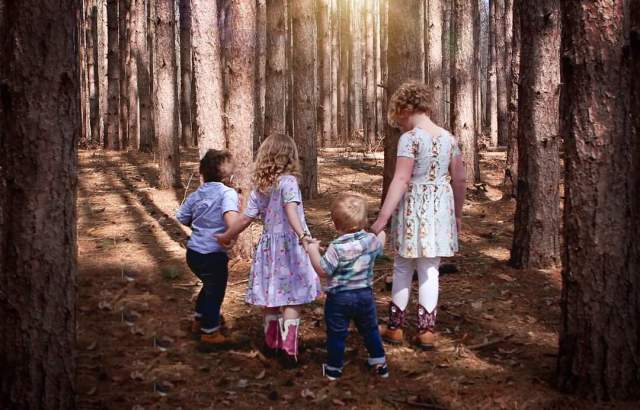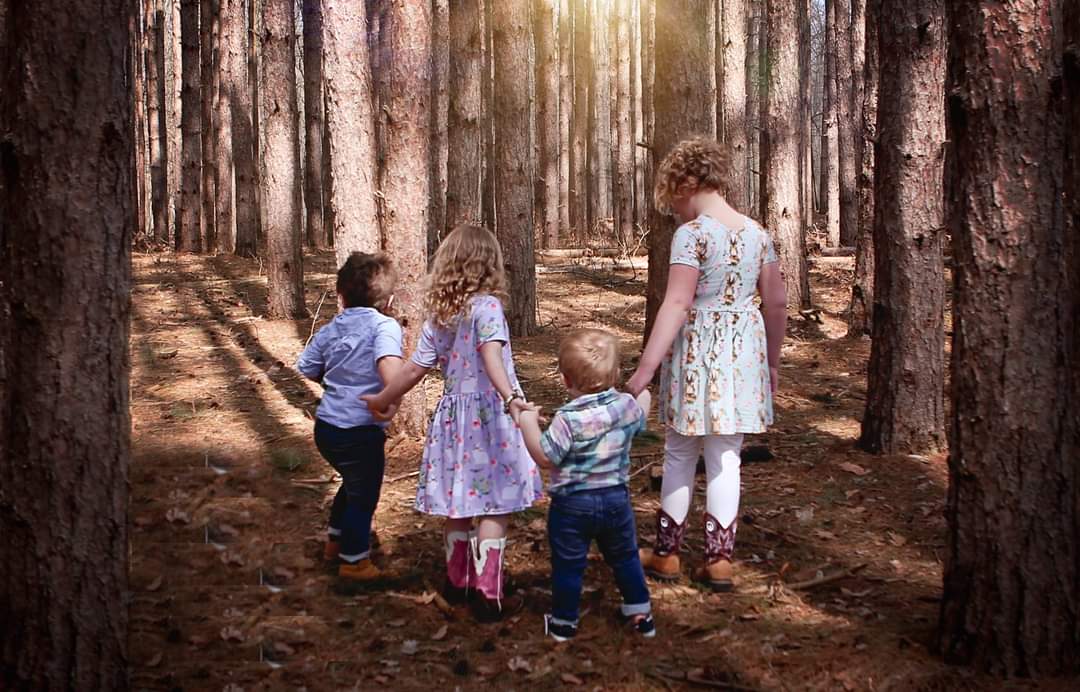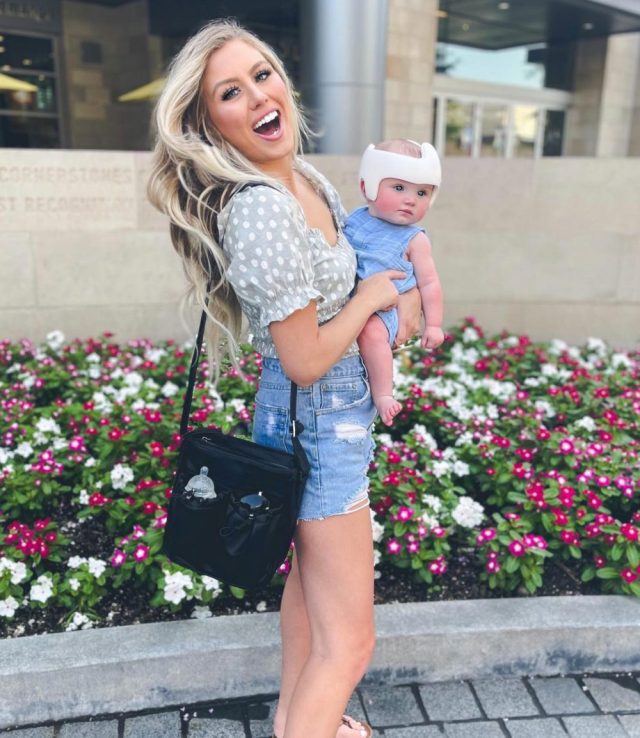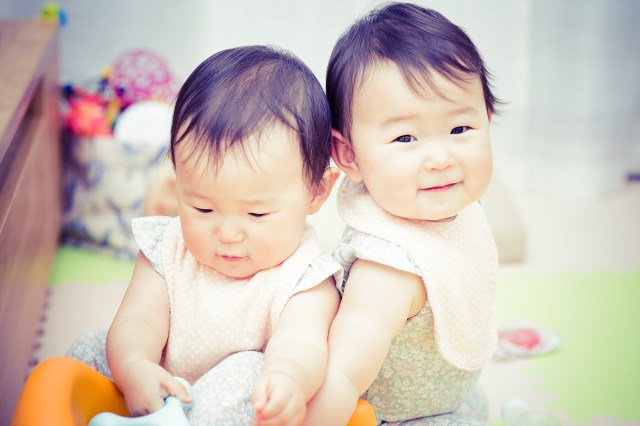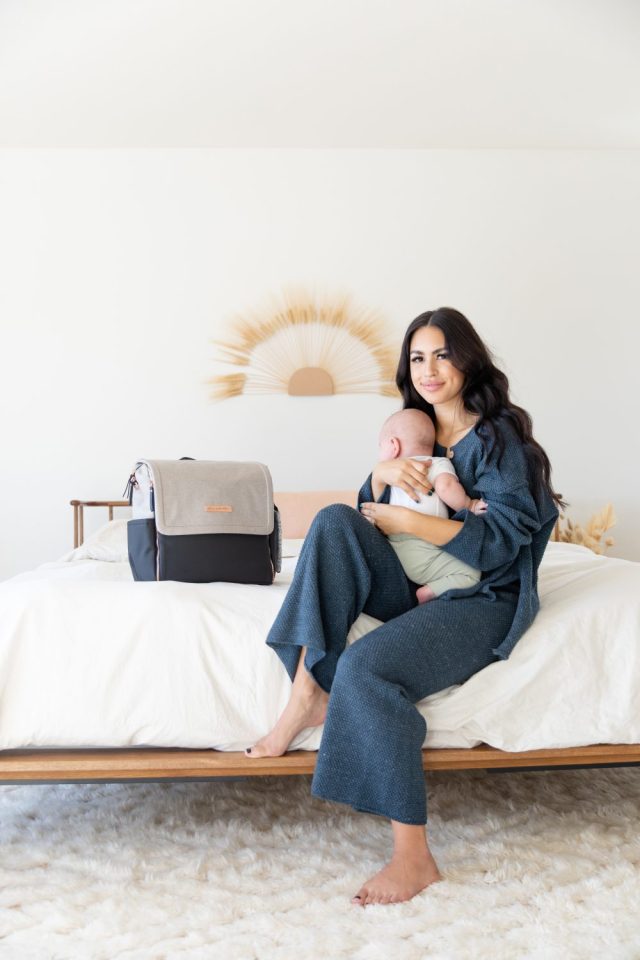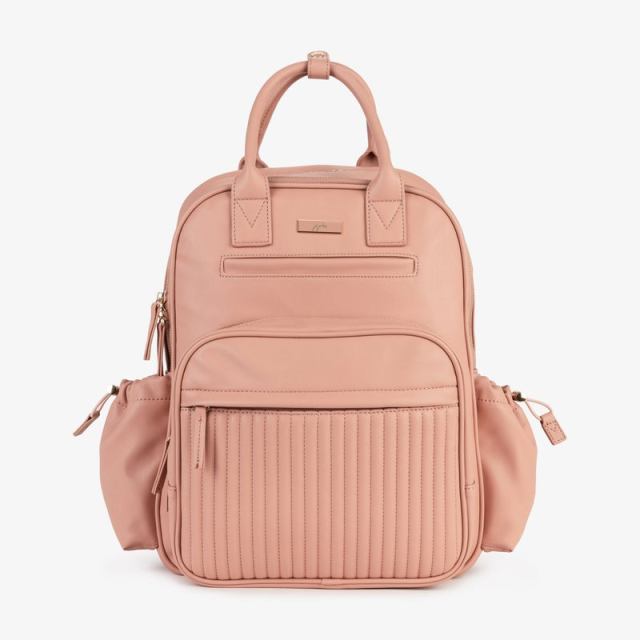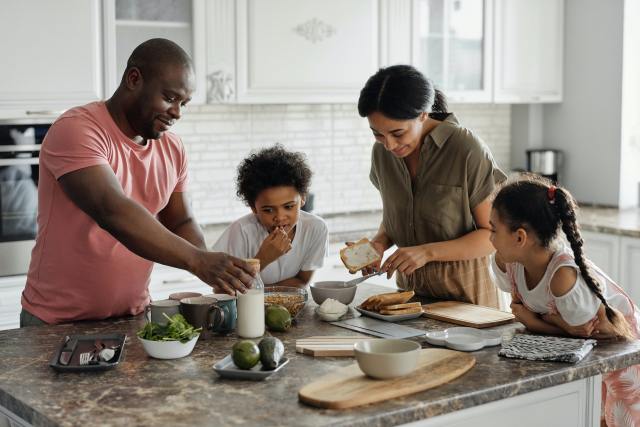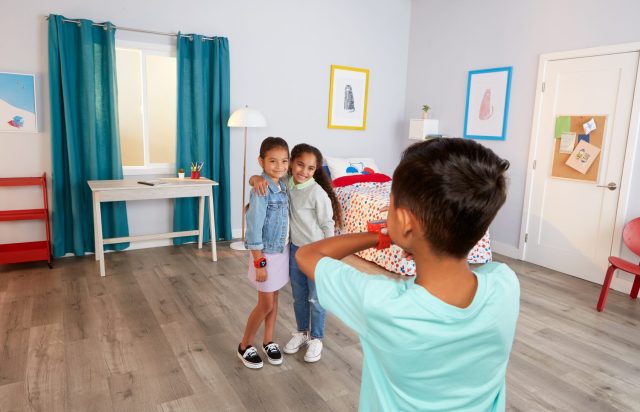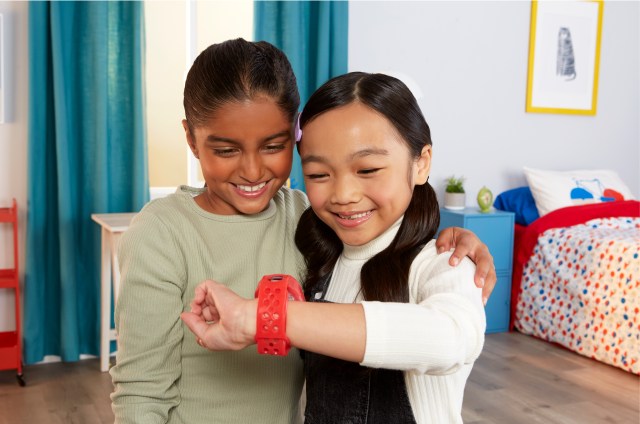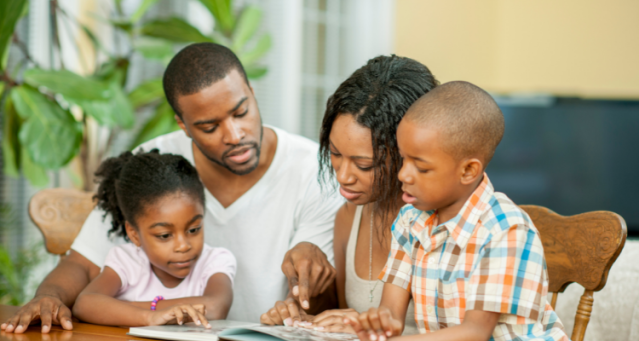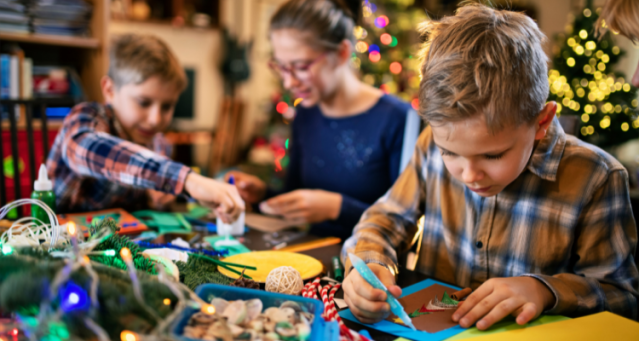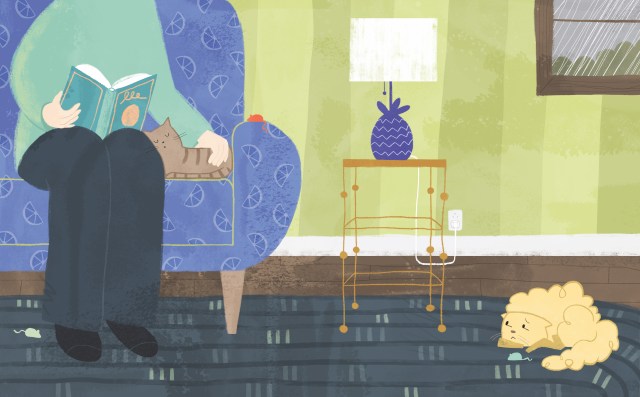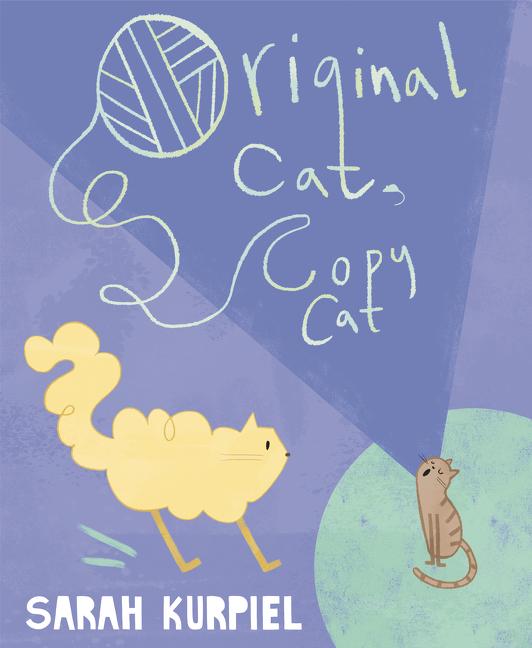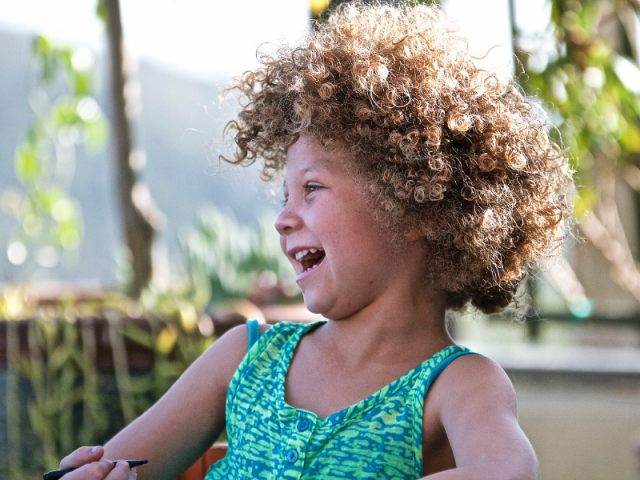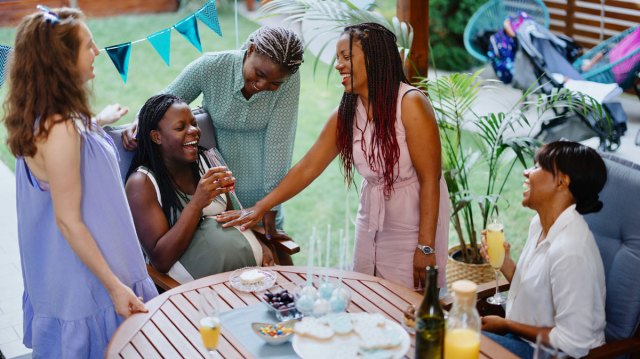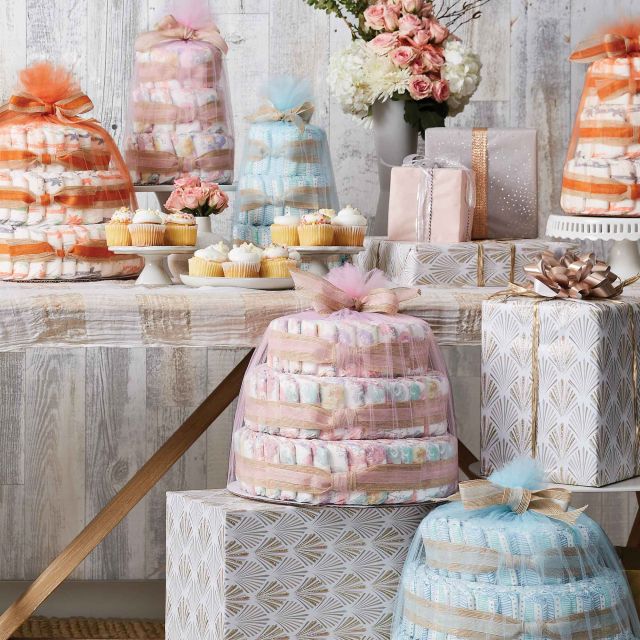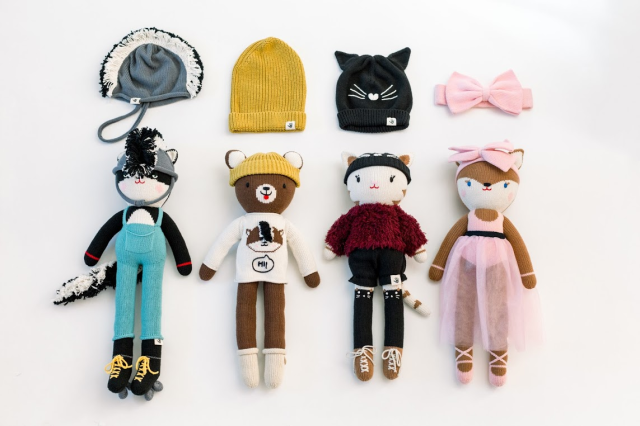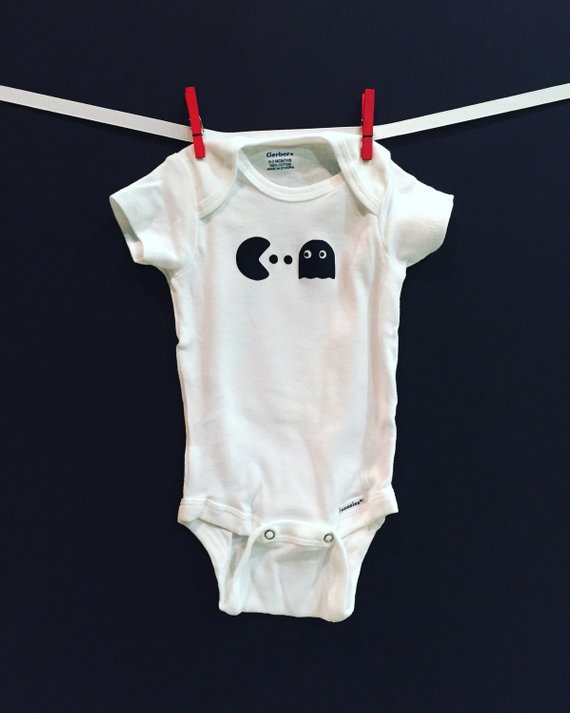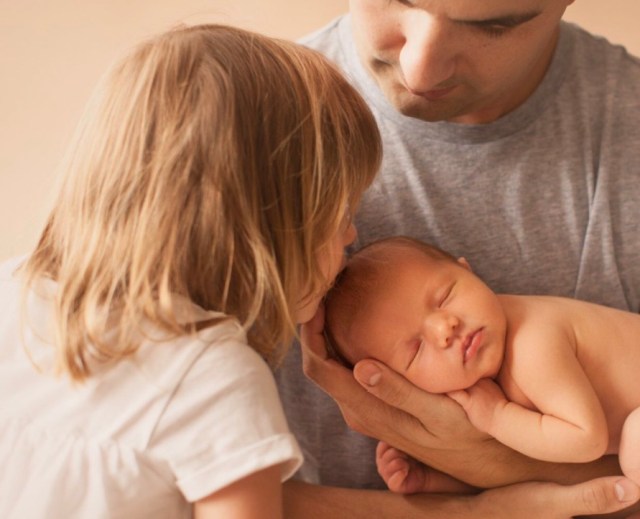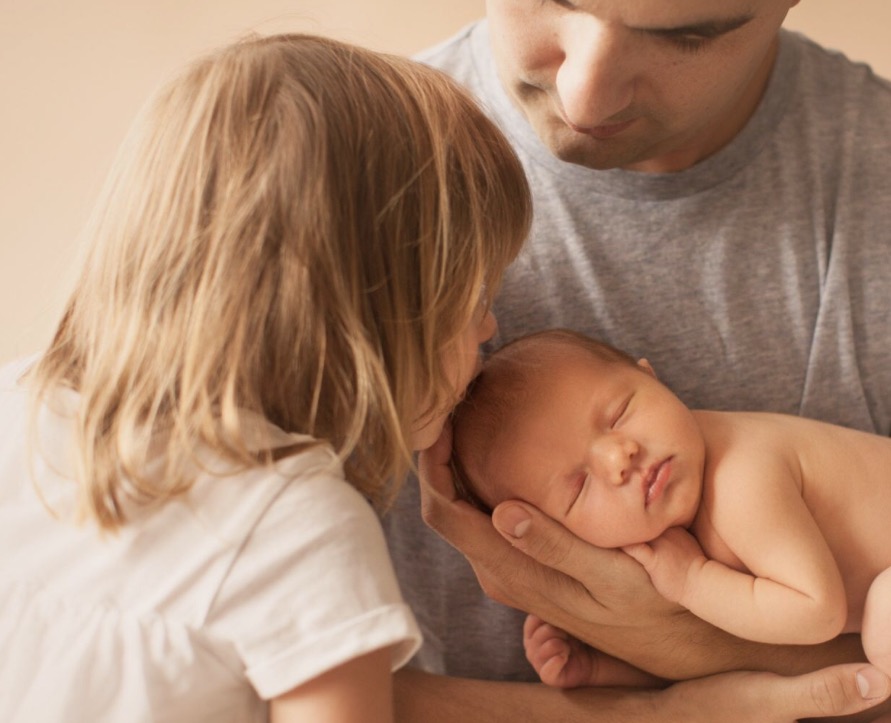Maybe baby’s arrival has left you with more kids than bedrooms. Or, maybe you’re hoping to promote an early bond between baby and an older sibling. No matter the reason, transitioning siblings into the same room is a major milestone. But it’s not one you have to lose sleep over—at least not for long with these tips to make sibling room-sharing as peaceful as possible for baby, sibling and you.
Time It Right
While there’s no magic age for moving kids in together, many veteran moms suggest waiting until your baby is sleeping through the night to make the move. Not needing to enter the room in the middle of the night to feed the baby minimizes the potential of disrupting your older child’s sleep. If your baby is still waking in the middle of the night when you make the shift to room-sharing, be prepared to get to them as quickly as possible to (hopefully) keep the big sibling sleeping soundly.
Do the Prep Work
Before you clear floorspace for a crib, ease reluctant older siblings into the idea of sharing a room with the baby ahead of time. Let the other sibling know what to expect and how they can help. Making them feel like the big (important!) part of the process will encourage a warm welcome for the baby. Additionally, help baby transition as seamlessly as possible by keeping their sleeping space familiar. If they are in a bassinet or co-sleeper in your room, set up the crib in your room and allow them to get used to that arrangement for a few weeks before making the move to a new room.
Safety First
While it can be tempting to hurry the transition process along, it’s imperative to know that your baby can maintain a safe sleeping environment in his new room. (This is especially important if the “older” sibling is still a toddler or preschooler.) Little ones can be tempted to climb into the baby’s crib or even offer the baby a small toy that could pose a choking hazard. Before you decide to take the sibling room-sharing plunge, talk with the older sibling about what they can and can’t do with their little brother or sister. For extra peace of mind, consider installing a video monitor to keep a watchful eye on what’s happening behind closed doors.
Keep It Real
Throwing two (or more) of your children into the same room and expecting them to fall asleep and stay asleep easily from the get-go is the stuff that parents’ dreams are made of, but not likely reality. Changing your child’s sleep routine is never easy. The best thing you can do to guarantee an ultimately successful shared room is to stick with it. It can take a few weeks for the baby and the older sibling to adjust to the new bedtime routine. If you find yourself desperately wondering, “Will anyone ever sleep again?!” take heart and stay consistent. Everyone will sleep soundly again—eventually.
Set the Stage
Making the room as restful as possible will go a long way in keeping baby and sibling asleep through the night. Darken the room with blackout blinds or curtains, maintain a comfortable temperature, and add a white noise machine to muffle coughs or snores.
Stagger Sleep Schedules
When two children share the same room, it can be tempting to try to make them share a sleep schedule, but it’s important to honor each child’s sleeping needs and bedtime routine. If the baby is tired an hour before an older sibling, take care of the baby’s bedtime routine first then use the extra time to connect with your older child. Or, if baby naps frequently during the day and stays up later than brother or sister, put your older child down first. To make this work, plan on doing each child’s bedtime routine—putting on pajamas, reading stories, cuddling—in a room other than the one they will be sleeping in to minimize disruptions. Other options to consider: putting the heaviest sleeper to bed first to avoid rousing the sleeping sibling.
Separate Them—Sometimes
If you think getting two kids to sleep in the same room at night sounds tough, getting them to nap while they’re within arm’s reach of each other can feel impossible. Instead of struggling through the nap time process every day, get creative with nap time arrangements. Set up a pack ’n play in your room or in a closet for the baby, or have the older sibling nap on your bed or on a sofa in a quiet room.
Be Flexible
A teething episode, a bout with the flu, or even a bad dream can throw a wrench into a peaceful night of room-sharing. Expect the unexpected and have a Plan B. Keep a playpen tucked away in your room or be willing to set up an older sibling’s bed on the living room couch on occasion.
Make sure to capture all the sweetest room-sharing moments—and share them with your family and friends near and far—with the Tinybeans app. The secure platform puts parents in total control of who sees and interacts with photos and videos of their kids.








